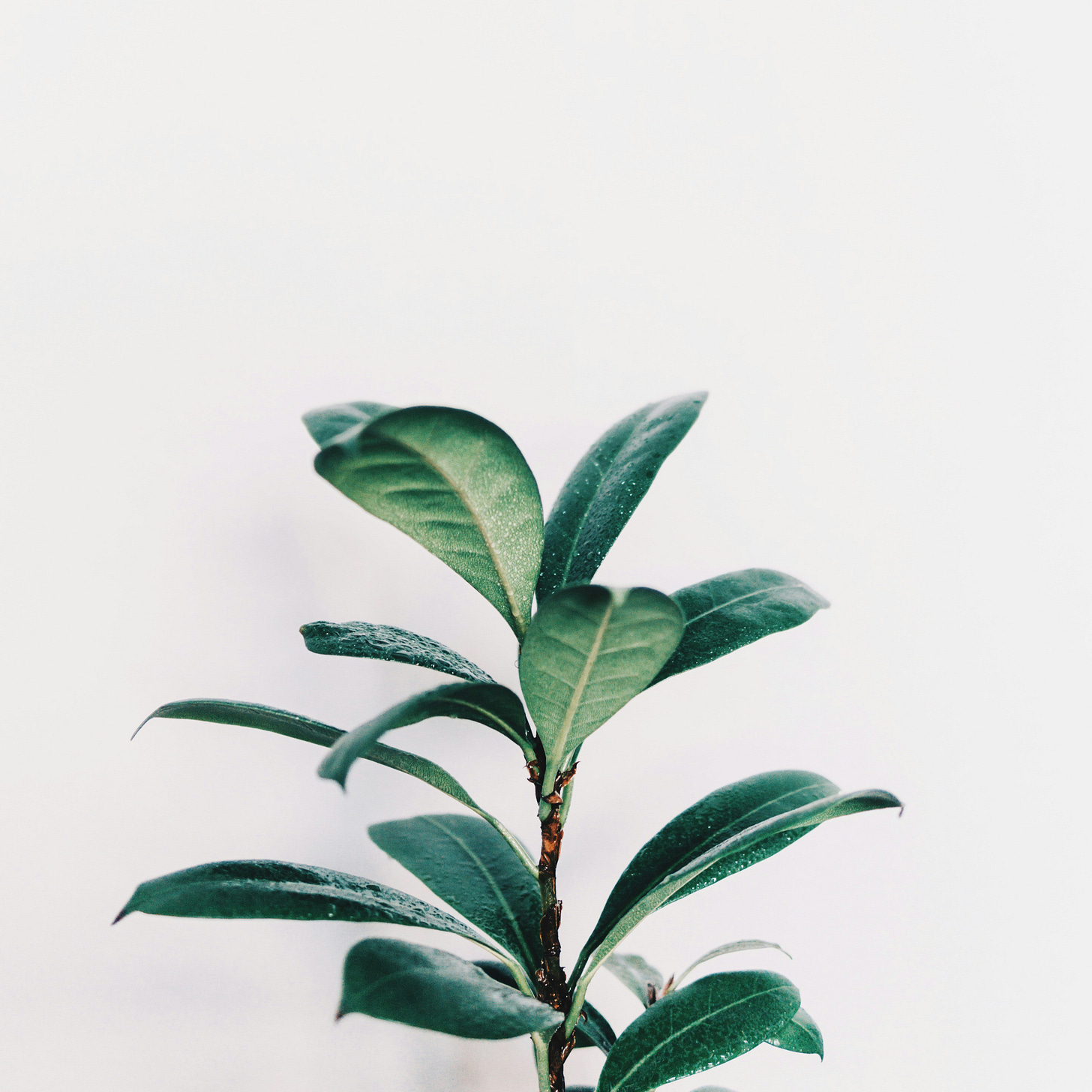Good morning friends!
I'm sitting here with my fourth espresso of the morning, still buzzing about a white paper from the National Security Commission on Emerging Biotechnology (NSCEB). It’s about minerals! So exciting! :-P
Ok, I am being a little silly, but some of the enthusiasm that comes from my AI podcast hosts friends gets campy and I start to feel it too. I like how the NotebookLM team decided to make these hosts excited about everything, even when they are poking at the N-S-C-E-B acronym.
Ok, back at it. Trust me, it's not just the caffeine – it's the incredible story of how nature might save us from one of our biggest national security challenges. I do actually find it pretty exciting, and do I have a story to tell you today.
The Dragon in the Room
Let me paint you a picture that keeps me up at night (and no, it's not just the espresso). Imagine if one country controlled 85% of the world's oil refineries. The global economy would be at their mercy, right? Well, that's exactly the situation we're in with rare earth elements – except it's arguably worse. China controls 85% of global rare earth refining capacity, and these materials are the backbone of everything from your iPhone to our military's most advanced systems.
In 2023, Beijing showed exactly why this should terrify us. They casually dropped a ban on exporting rare earth processing technologies, and then, just for good measure, slapped export controls on crucial semiconductor materials like gallium and germanium. It was like watching someone slowly close their fist around the global tech industry's throat.
But here's where our story takes an unexpected turn. While policymakers have been wringing their hands about supply chains and geopolitical chess moves, Mother Nature has been sitting there the whole time, practically waving at us with a solution. And it's absolutely wild.
The Plant That Mines
Picture this: I'm in a research lab a few years ago, and a scientist friend hands me what looks like an ordinary leaf. "Squeeze it," she says with a grin. So I do, and out comes a liquid that's 25% pure nickel. I thought she was playing a practical joke, but no – this was my first introduction to the wild world of phytomining.
You see, while we humans have been digging massive holes in the ground and using harsh chemicals to extract metals, certain plants have been quietly perfecting the art of mining for millions of years. These botanical prodigies don't just survive in metal-rich soils that would kill most plants – they thrive there. They're nature's prospectors, using their roots like tiny mining drills to extract specific metals from the earth.
The best part? These plants don't need pristine ore deposits to work their magic. They'll happily clean up contaminated sites, mine from low-grade ore that traditional mining companies wouldn't touch, and when they're done, you can grow food crops in the same soil. It's like having an environmental cleanup crew and mining operation rolled into one, all powered by sunlight.
The Microscopic Revolution
But wait – it gets better. While these metal-hungry plants are doing their work above ground, there's an entire workforce of microscopic miners that could revolutionize how we handle everything from raw ore processing to recycling your old smartphone.
Traditional rare earth processing is, frankly, a nightmare. It involves chemicals that would make your high school chemistry teacher nervous and produces waste that environmental scientists lose sleep over. But nature, in its infinite wisdom, has a better way.
Enter our microscopic friends – specially engineered bacteria that can extract rare earth elements using natural acids. These tiny workers operate like a precision mining crew, targeting specific elements and leaving behind much less mess than traditional methods. When I first saw this in action, it reminded me of watching a master chef effortlessly debone a fish – precise, efficient, and weirdly beautiful.
The Great E-Waste Gold Rush
Here's where things get really interesting. Remember that drawer of old phones you have (don't pretend you don't have one – we all do)? Those devices, along with millions of tons of other electronic waste, contain a fortune in rare materials. Until now, recovering these materials has been like trying to unmix a cake – technically possible but usually not worth the effort.
But our bacterial friends don't care how mixed up things are. Give them a pile of old circuit boards, and they'll happily munch away, separating out valuable materials with the precision of a Swiss watch. It's like having millions of tiny recycling workers operating 24/7, powered by nothing more than their own appetite for metals.
The Time Machine Problem
You know what really keeps me up at night (besides this last espresso)? It's not just the current supply chain risks – it's the gnawing feeling that we're living through one of those moments future historians will write about. They'll either say "This was when everything changed" or "This was when they missed their chance."
I call it the Time Machine Problem. Imagine if you could go back to the early days of oil discovery and set up an environmentally responsible energy industry from the start. That's the moment we're living through right now with biotechnology and critical materials. We have a chance to build something revolutionary from the ground up, something that works with nature instead of against it.
The Path Forward
The exciting part is that this isn't some far-future fantasy. Companies across the U.S. are already piloting these technologies. I recently visited a facility where they're using phytomining to clean up an old industrial site while extracting valuable metals in the process. The project manager there told me something I'll never forget: "For the first time in mining history, our operation actually makes the land more valuable when we're done."
Think about that for a second. We're looking at mining operations that could actually improve the environment. It's like discovering that exercise could clean the air while making you healthier – a complete win-win.
A Personal Invitation
This is where you come in. We're standing at the beginning of what could be one of the most significant shifts in how we source critical materials since the Industrial Revolution. Whether you're a scientist, entrepreneur, policymaker, or just someone who cares about building a more sustainable future, there's a role for you in this story.
I'm particularly excited about the new initiatives launching in this space. The NSCEB's recommendations for developing these technologies are some of the most forward-thinking I've seen in years. We understand that this isn't just about replacing one technology with another – it's about fundamentally reimagining our relationship with critical materials.
Looking Ahead
As I finish up this last espresso (okay, I lied earlier – this is actually number five), I can't help but feel optimistic. Yes, we face serious challenges with our critical materials supply chain. Yes, the geopolitical situation is complex. But for the first time, we have solutions that don't force us to choose between national security and environmental protection.
I'd love to hear your thoughts on this. How do you see biotechnology reshaping our approach to critical materials? What possibilities excite you most? Drop me a line at newsletter@theinvivogroup.com – I read every response, and your perspectives help shape future newsletters.
Until next time, keep evolving!
Cheers,
-Titus
P.S. - If you found this newsletter as energizing as my morning coffee, share it with someone who needs a dose of biotech optimism in their life! And yes, I promise this is my last espresso. For today, at least.
The podcast audio was AI-generated using Google’s NotebookLM














